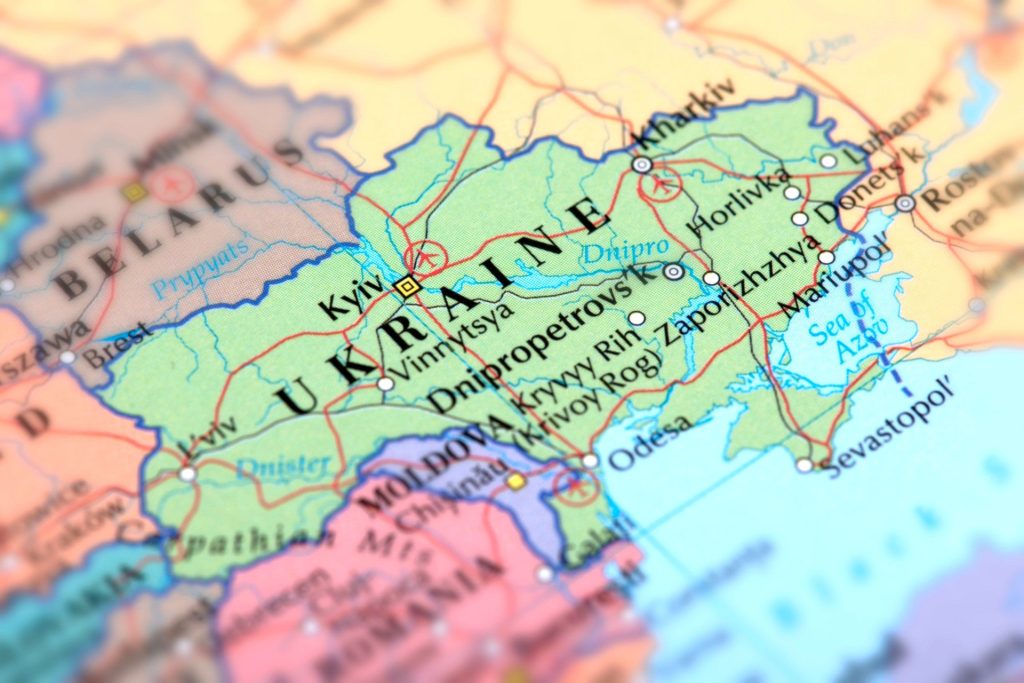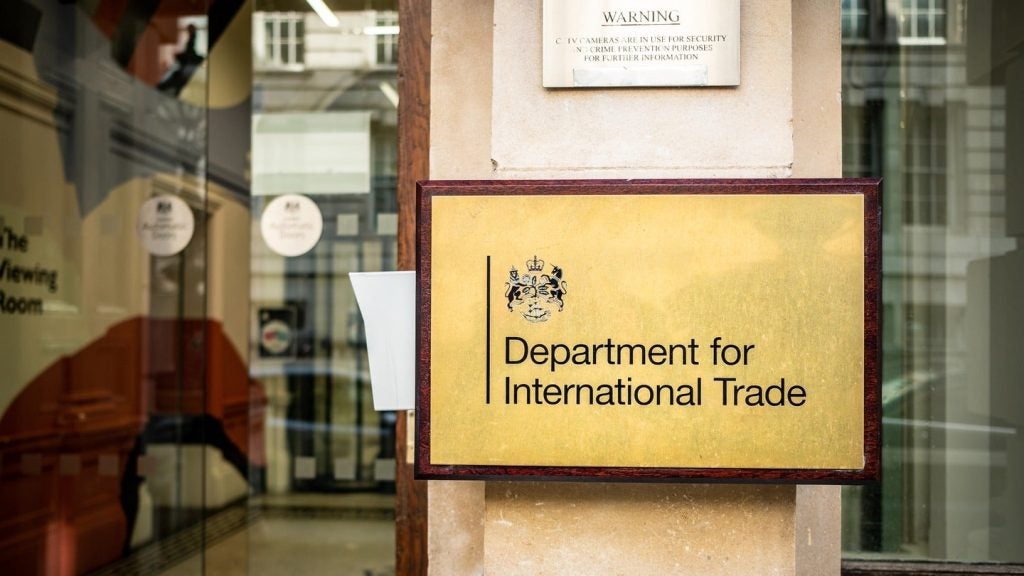Politically stable
Peru is becoming an attractive market for credit cards and
other forms of unsecured consumer lending.
The country shows declining poverty levels and
a solid GDP growth and, according to the senior vice-president at
US consultancy Speer & Associates, John Hiers, it wasn’t hit by
the 2008-2009 financial crisis as much as other Latin American
countries were.
What’s more, industry figures indicate that
the newly-elected president Ollanta Humala will keep focusing on
greater social inclusion and faster poverty reduction while staying
mindful of the success of the current financial framework and
regulatory environments.
Peru’s population is heavily underbanked,
especially outside the capital Lima, where mobile banking and
extensive third-party agent networks operated by the largest banks
in partnership with retailers, form the two main characteristics of
the banking market.
But Peru’s banks are involved in a major drive
to increase bancarisation and encourage the use of cards, says
Andreas Suma, senior director for Latin America, at US-based cards
analytics firm FICO.
“Consumers who qualify for a bank account may
be offered a credit card with a low credit limit, or they may be
given a debit card or prepaid card. As a third of Peru’s population
lives in the capital, Lima, the challenge is to get banking
services into the regions outside the capital.”
How well do you really know your competitors?
Access the most comprehensive Company Profiles on the market, powered by GlobalData. Save hours of research. Gain competitive edge.

Thank you!
Your download email will arrive shortly
Not ready to buy yet? Download a free sample
We are confident about the unique quality of our Company Profiles. However, we want you to make the most beneficial decision for your business, so we offer a free sample that you can download by submitting the below form
By GlobalDataIn 2010, just over a quarter of Peru’s
population (27%) had internet access compared to almost three
quarters (73%) who were using mobile phones (according to Moody’s
research).
Visa Peru has been the main mobile phone
payment services provider in the country after launching Pago Móvil
con Visa in 2009. But in January this year Mastercard announced a
forthcoming deal with Telefonicà which will encompass 12 Latin
American markets including Perun. MasterCard and Telefónica also
signed an agreement in 2010 to develop co-branded credit cards in
11 Latin American countries including Peru.
Franklin Santarelli, managing director, Latin
American financial institutions, at Fitch Ratings, says that Peru’s
credit card market has several characteristics distinguishing it
from other Latin American countries.
“Firstly, credit card penetration is lower
than the Latin American average … Secondly, the delinquency rate,
which in Peru is measured as the percentage of loans 30 days past
due, is lower. Thirdly, banks largely market credit cards mainly to
the A and B segments in Peru.”
According to Peruvian banking association
Asociación de Bancos del Perú, spending on credit cards rose by
over 25% in the year July 2010-2011. But consumer lending is fairly
constrained, representing just 10% of Peru’s total consumer and
business lending, leaving room for growth.
Fraud rates are low compared to other Latin
American countries but Peru’s POS terminals are in the process of
migrating to EMV and chip payments.
There is a major opportunity for prepaid
cards, says Miami-based prepaid card programme manager NovoPayment.
It says there could potentially be 19.85m open-loop, general
purpose reloadable (GPR) prepaid cards with a purchasing potential
of $9.7bn in Peru by 2015.





